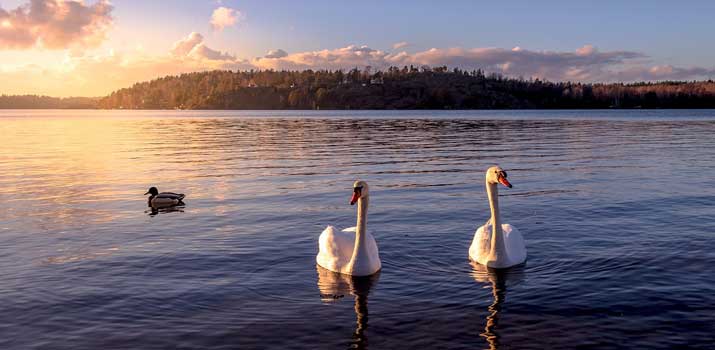
While most of the world is under salt water, millions of freshwater lakes dot every continent. From the mountains of East Asia to the warm jungles of South America, lakes play a crucial part in the ecology of the areas they support.
They contribute to the water cycle, releasing atmospheric moisture that ultimately falls back to earth to keep plants hydrated.
They also serve as drinking spots for passing animals. Lakes, large and small, even act as contained ecosystems for thousands of living organisms!
Whether a lake feeds into a larger freshwater system or not, it can be home to many different types of living creatures. From the tiniest of microscopic zooplankton to ferocious predators monitoring the depths below, lakes are fascinating biomes full of life.
Have you ever wondered what types of animals inhabit lakes around the world? You’ve come to the right place. While it’s impossible to name every living thing that resides in these bodies of freshwater, we’ve compiled a short list of 10 creatures you might find in your local lake!
1. Aquatic Snakes
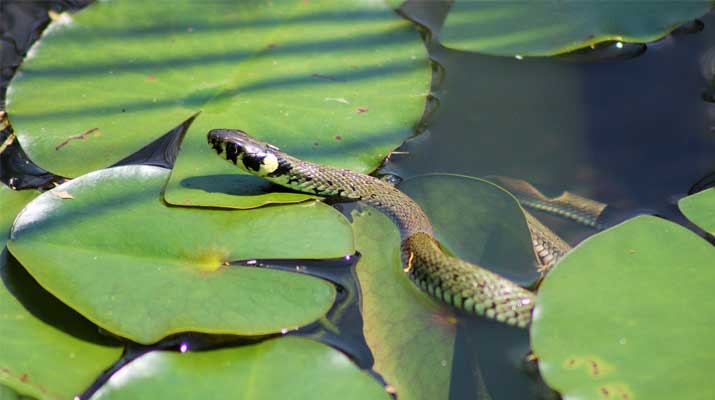
Water snakes are beautiful serpents who evolved to navigate the murky depths of lakes, ponds, and rivers.
Contrary to popular belief, not all aquatic snakes are venomous. Unfortunately, these animals get a bad rep and are often confused with more lethal species like the Cottonmouth.
Your average aquatic snake wants nothing to do with you and would rather flee than face a confrontation. That said, they can be aggressive when pushed. If you see a snake swimming through the water, appreciate its majesty from afar!
Despite the negative reputation snakes get, the aquatic varieties play an important part in controlling animal populations. They feed on frogs, fish, and salamanders, keeping numbers manageable to avoid overpopulation.
2. Frogs
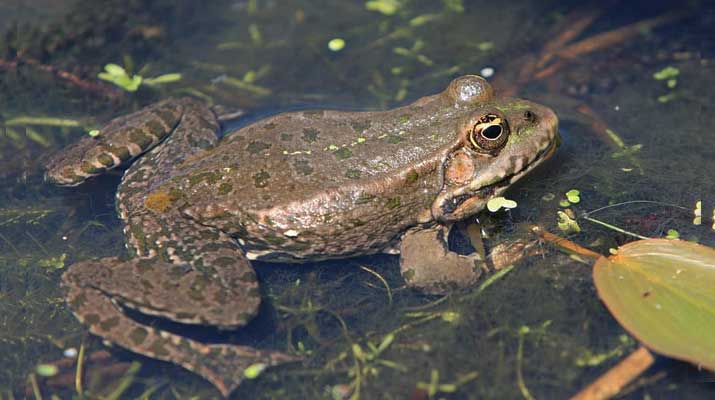
Did you know that there are roughly 5,000 different known frog species in the world?
Most are innocent enough, but there are plenty of brightly colored varieties with enough venom on their skin to take down predators several times their size! Fortunately, those species are rare and not commonly found in your average lake.
The interesting thing about frogs is that they rely on lakes and ponds to go through a unique life cycle. These animals are amphibians. Adult frogs lay eggs in the water, resulting in a new hoard of tailed tadpoles. Over time, the tadpoles transform into legged frogs, emerging from the water to start their lives on land.
It’s a fascinating biological process. Even after leaving the water, frogs don’t go too far. They need to stay hydrated and use their skin to absorb moisture.
Turtles
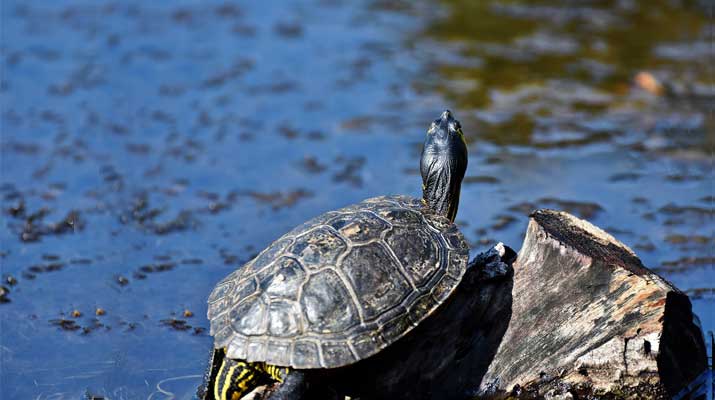
Turtles are another beautiful reptile you can find inhabiting lakes across the globe. While land-based turtle species have a reputation for being slow pokes, that’s not the case with aquatic varieties.
These animals are surprisingly strong swimmers despite the enormous carapaces they carry. There are a few different types of turtles you can encounter living in a lake.
The most common is the Painted Turtle. Named for its striking coloration, you can see these beauties resting on logs and rocks as they bask in the sun for hours. After they warm up, they can sink below the depths to feed on aquatic plants, fish, and more.
One of the uglier turtles you can come across is the Snapping Turtle. It’s a master of disguise. As its name implies, it can also deliver a nasty bite!
Alligators
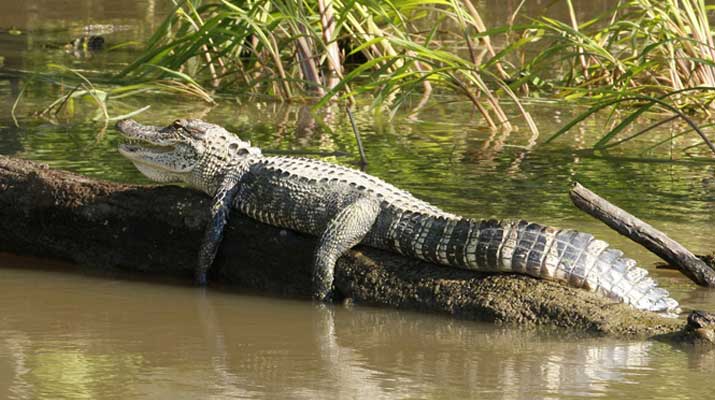
When most people think of alligators, they imagine them living in expansive river systems. However, gators can also reside in lakes. In some parts of the world, such as the state of Florida in the United States, they move from one body of water to the next.
Seeing an alligator is a sight to behold. These reptiles are fierce and can grow to reach lengths of more than 10 feet. They look like oversized lizards, but alligators are far scarier.
They can run faster than humans on land. In the water, it’s no competition. They use their powerful tails to propel forward, catching prey with relative ease. Like other potentially dangerous animals, appreciate the wonder of alligators at a safe distance.
Beavers
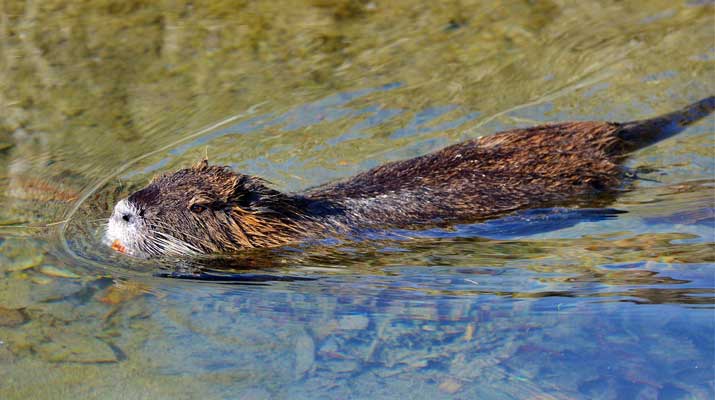
Moving on to something a little fuzzier, we have the lowly beaver! Beavers are large rodents with a knack for building. They’re native to North America and often live by streams, rivers, and lakes.
What makes the beaver so special is that it builds dams. These animals can work together to change the flow of water. They build massive homes from tree branches, rocks, mud, and more. The structures are so well-built that they’re capable of stopping rivers.
While they can be a nuisance, beavers do a lot to support local ecosystems. They provide shelter for other animals and help fight the effects of erosion.
Don’t be surprised if you never see a beaver in the wild. These critters have many predators, so they spend most of their time staying safe in their masterfully built dens.
Herons
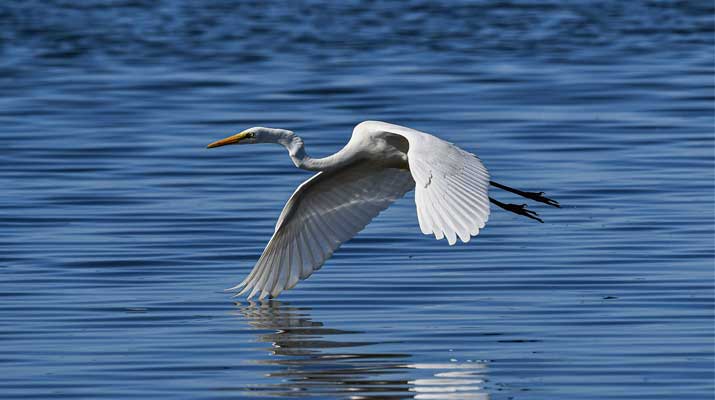
The heron is a common bird species that loves to hang around lakes around the world. Unlike other animals on this list, herons don’t live in the water. However, they rely on it for survival!
Herons usually hang out on the edge of lakes, wetlands, and rivers. There, they hunt for food. Herons use their long legs to wade in the water before ducking their bright yellow bills beneath the surface to catch prey.
They usually eat fish, crustaceans, mollusks, and any other aquatic creatures available.
You can spot herons flying over and around lakes throughout the day. Thanks to their sheer size and majesty, they’re hard to miss.
Crayfish
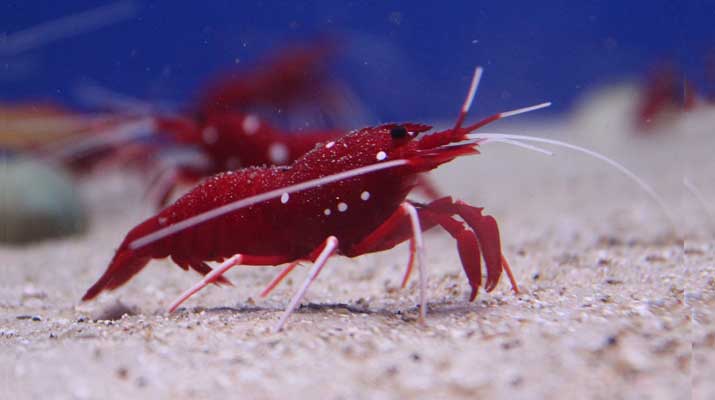
Here’s a unique critter you might have seen at a local fish market! Crayfish, also known as crawfish in some parts of the world, are freshwater crustaceans.
They’re invertebrates that look strikingly similar to a lobster. The big difference? The size! Crayfish only grow to lengths of about three inches.
These creatures live in and around lakes. They mostly settle under rocks or hollow logs to stay safe. When it’s time to eat, they come out of hiding to hunt prey or feed on plant detritus. Crayfish are omnivores, so they’re opportunistic eaters. Thanks to their lobster-like claws, they make decent predators.
Crayfish are a popular food item. Some species are invasive to local ecosystems. They multiply quickly, so catching them is often encouraged in the areas they become problematic.
Newts
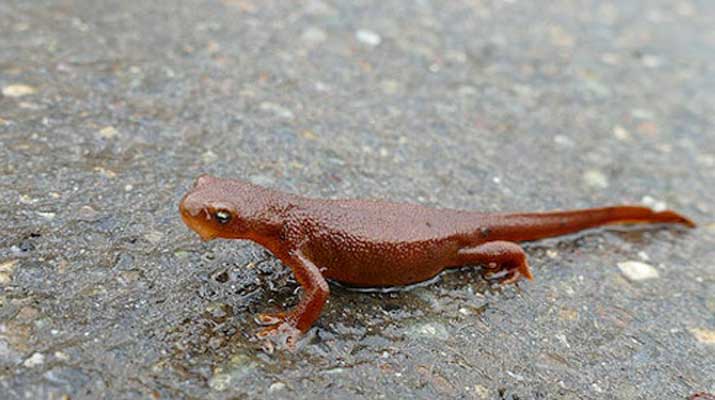
Newts are eye-catching creatures that reside in North America, Europe, and a few parts of Asia. They are semiaquatic reptiles and have a similar appearance to salamanders.
Some species are brightly colored, sporting hues of fire red and orange. However, others are more muted for easy camouflage.
Newts are highly adaptable animals. They can live in both fresh and salt water. However, many prefer to live in slow-moving bodies of water, making lakes the perfect locale.
In addition to their ability to adapt to varying salinity levels, newts can choose to live in the water, on land, or both! The reptile can hold its breath for a very long time, and some newts spend their entire lives underwater. But at a moment’s notice, they can also emerge from the depths and stay away from water for months!
Ducks
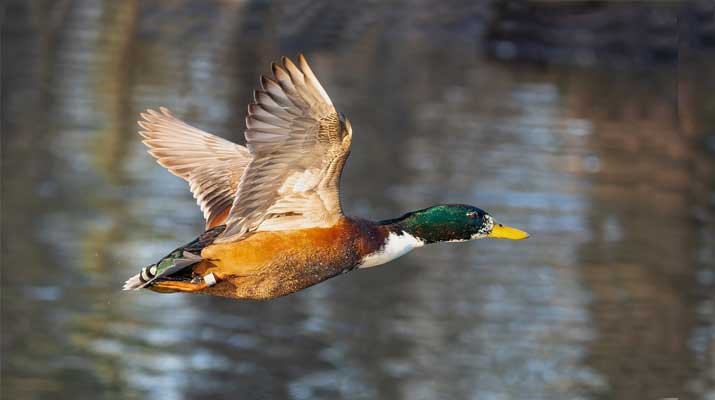
Name a more iconic lake animal than ducks! Technically called waterfowl, ducks are one of the most well-known creatures to occupy lakes. They typically live on land, but these birds spend most of their time in the water.
When they’re not gliding on the surface, ducks will dive down to catch fish, snails, and aquatic plants to eat.
If you only see ducks during one part of the year, there’s a good chance they migrated. Ducks often fly in large flocks, moving to warmer waters during the winter season. When the weather gets hot again, they return to their nesting grounds to start a brand-new generation.
Leeches
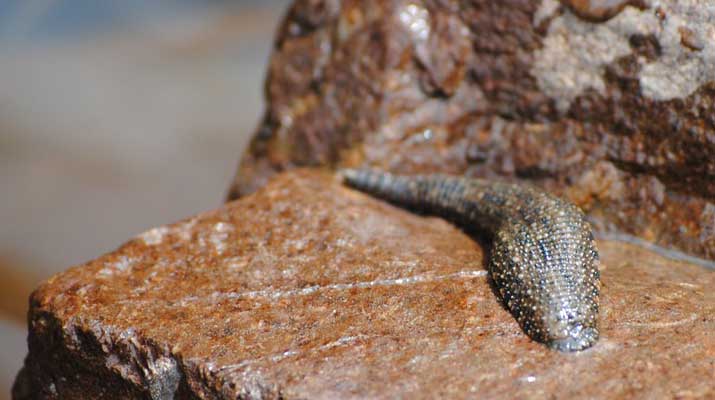
Let’s finish off our list with a creepy crawler! Leeches are parasitic worms that feed on other living creatures. They predominantly feed on fish, but they can and will latch onto you if you plunge into a leech-infested lake!
Fortunately, leeches are relatively harmless. In fact, doctors used to use them to treat certain medical conditions.
In total, there are more than 650 leech species. Their feeding habits can vary, but most reside in slow-moving bodies of water like lakes.
One terrifying aspect of these parasites is that you rarely see them. They blend in with dark waters and often stay towards the lakebed to feed on fish and other animals.
Observing Lake Life
If you ever get the chance, take a moment to see the breathing ecosystem lakes create in person. Our list of 10 animals is far from comprehensive, but it gives you a great idea of the role these animals play.
Some creatures work to manage animal populations and protect the body of water they reside. Others are predatory, eating others to continue the food chain.
There’s so much variety in lakes. While you might not see much from the surface, these bodies of water are teeming with life and wonder. Visit your local lake and see for yourself!
